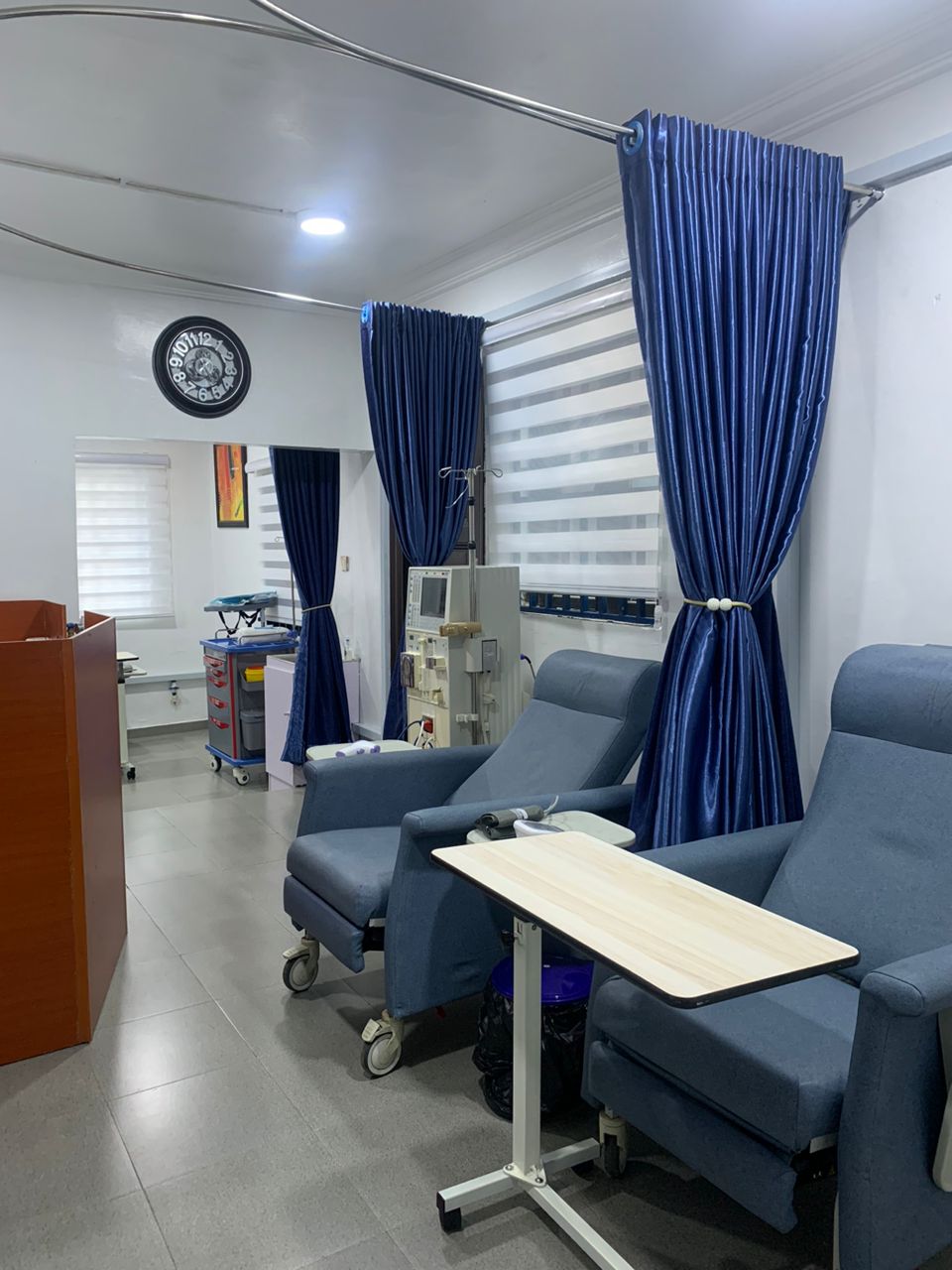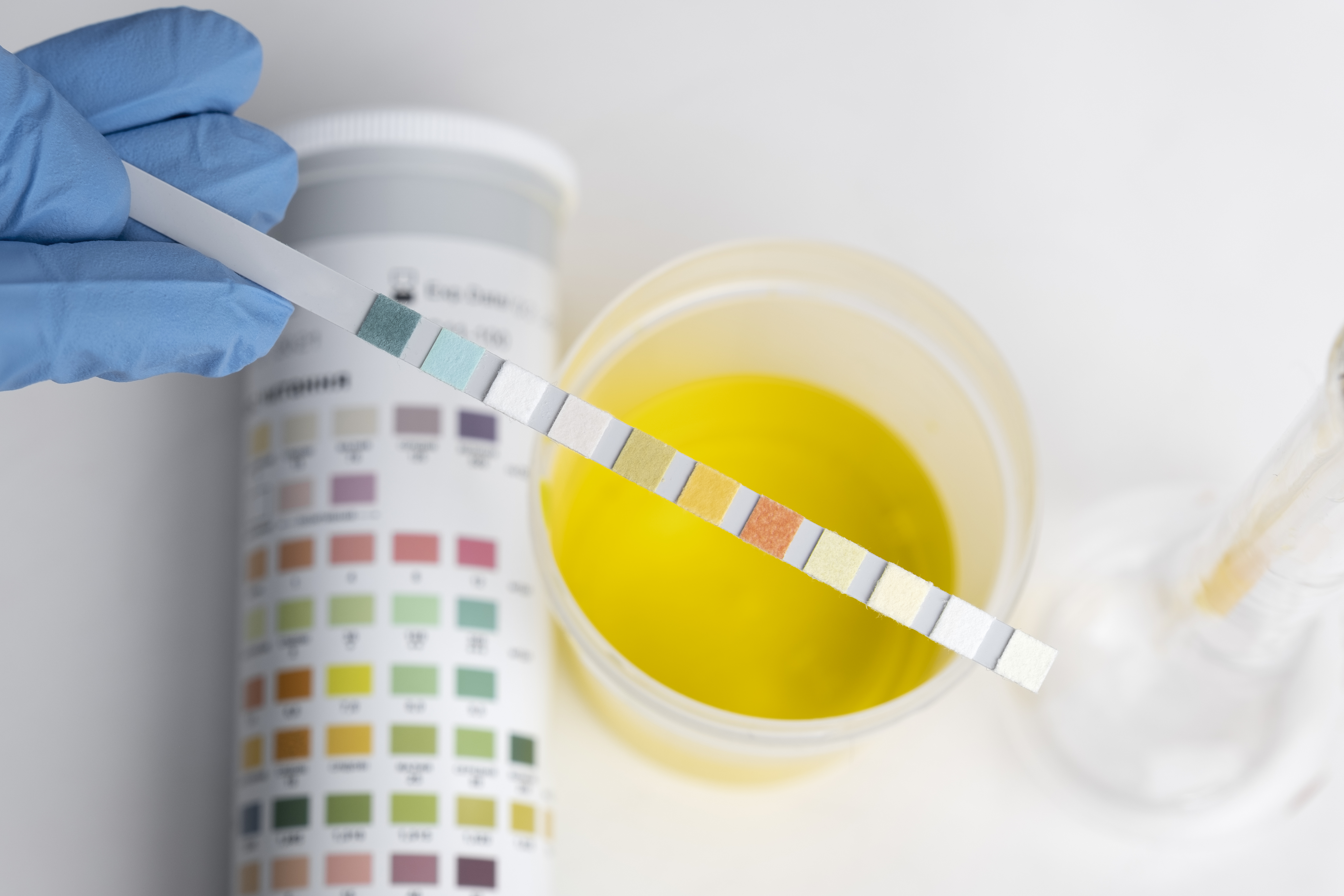
Dialysis: Overview, Symptoms, Types and Effects
What is dialysis all about?
People with damaged kidneys may have difficulty eliminating waste and unwanted water from the blood. The process of dialysis involves filtering and purifying the blood of patients with kidney failure or end-stage renal disease (ESRD). In essence, dialysis treatment helps keep the body’s fluids and electrolytes balanced when the kidneys can no longer function properly.
When is dialysis needed?
In most cases, patients who lose 85 to 90 percent of their kidney function and reach 15 or less GFR require kidney transplant or dialysis.
According to the National Kidney Foundation, end-stage kidney failure occurs when the kidneys are performing at 10-15 percent of their normal function.
When should I call the doctor?
Getting tested for kidney disease annually is important if you’re at risk due to family history of kidney failure, hypertension, diabetes, or aged above 60 years. Here are 7 possible signs of kidney disease:
- Dry and itchy skin
- Urinating frequently especially at night or blood in the urine
- Swollen legs, ankles and feet
- Unexplained shortness of breath
- Excessive drowsiness
- Poor appetite and,
- Crampy muscle
The effects of acute kidney failure can be fatal, find out more about kidney failure here.
What are the types of dialysis?
There are 2 ways to get dialysis: Hemodialysis and Peritoneal dialysis.
Hemodialysis
Hemodialysis involves cleaning the blood using a specially designed machine called an artificial kidney or dialyzer. Patients undergo hemodialysis by pumping blood through a dialysis access point (usually in the arm) into a dialyzer. After removing waste products from the body, the cleansed blood is returned to the body. Hemodialysis patients undergo dialysis 3 to 5 times a week.
Peritoneal Dialysis
Peritoneal dialysis removes waste products from the blood when the kidneys are not functioning properly. The main difference between hemodialysis and peritoneal dialysis is that hemodialysis requires a machine to filter the blood while peritoneal dialysis does not. The lining of the belly is used as a natural filter for blood instead of a machine during peritoneal dialysis.
How long do I have to keep taking dialysis?
Individuals with acute and chronic kidney failure require dialysis until their kidneys pick up their functions again or will require a kidney transplant respectively.
A patient’s life expectancy on dialysis may vary depending on other medical conditions and their treatment plan. Patients on dialysis average life expectancy vary from 5 to 10 years. While the survival rates have increased over the years, many patients who receive dialysis survive at least 30 years.
Withal patients have the right to discontinue treatment, but it is crucial to discuss this decision with medical professionals and loved ones. For dialysis cost, kindly check here.
What are the side effects of dialysis?
There are side effects associated with both haemodialysis and peritoneal dialysis. As a side effect patients may experience difficulties falling asleep, weight gain, anxiety, high temperature or abdominal pain.
Get personalized treatment today by calling us on 0807 243 6242 or book an appointment.




Permalink
Permalink
Permalink